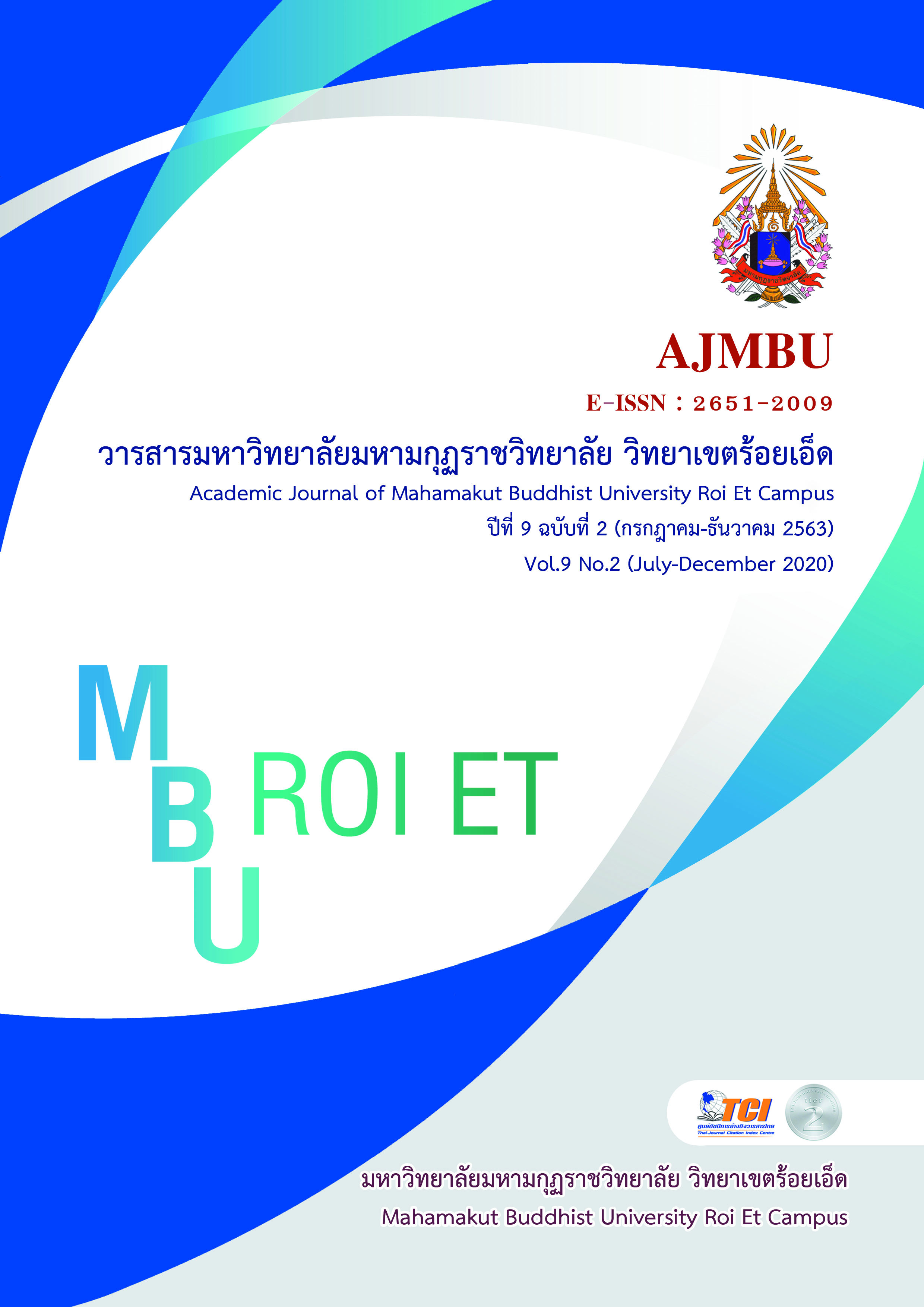Physical Activities Management According to Moderate Class More Knowledge Policy Among Primary Schools in Krabi Service Area Office
Main Article Content
Abstract
The objectives of the research article were to study the condition of the physical activity management according to the moderate class, more knowledge policy among elementary schools of Krabi Educational Service Area. The samples of this study were 147 physical Education teachers who were chosen by multi-stage sampling method. In this research, The instrument used to collect the data are questionnaire consisted of checklist and open ended questions. the IOC index of content validity was ranged between 0.67–1.00, while a whole reliability of the questionnaire as shown by the Cronbach alpha coefficient was 0.73. The statistics for the data analysis are frequency and percentage.
The findings showed that: most of elementary schools underlining the Krabi Educational Service Area are small schools, and continuously organized the physical activities on the football field according to the schools’ policies. The schools always utilized the 30 minutes period of time before class, 5 days a week for organizing the physical activities as mentioned. The participants were divide by class levels of study. The recreation and games were chosen as the health promotion activities consisted of physical health, emotion health, and mental health according to the handbook. However, this study also found that the weather conditions were the important obstacle of the activity.
Article Details
References
กระทรวงศึกษาธิการ. (2559). แนวทางลดเวลาเรียน เพิ่มเวลารู้. สืบค้นเมื่อ 25 พฤศจิกายน 2559. จาก http://www.thaigov.go.th
กระทรวงสาธารณสุข. (2550). ข้อเสนอแนะ แนวทางการมีกิจกรรมทางกาย (Physical Activity) ที่เหมาะสมสำหรับเด็กและเยาวชนในโรงเรียน.
กรุงเทพมหานคร : โรงพิมพ์ชุมชนสหกรณ์การเกษตรแห่งประเทศไทย.
กัลยา กิจบุญชู. (2546). แนวทางการส่งเสริมการออกกำลังกายในโรงเรียน. กรุงเทพมหานคร : โรงพิมพ์ชุมชนสหกรณ์การเกษตรแห่งประเทศไทย.
เจริญ กระบวนรัตน์. (2556). กิจกรรมทางกาย. วารสารสุขศึกษา พลศึกษา และสันทนาการ. 39 (1). 5-13.
ซิตินทรีย์ บุญมา. (2562). กระบวนการเรียนรู้ที่จะช่วยสร้างเสริมพัฒนาการเรียนรู้. สืบค้นเมื่อ 20 กันยายน 2562. จาก http://padatabase.net/uploads/files/01/doc/476_.pdf
นโยบายสำนักงานคณะกรรมการการศึกษาขั้นพื้นฐาน. (2562). สืบค้นเมื่อ 20 กันยายน 2562.จาก www.phitsanulok2.go.th › UserFiles › files › policies_Obec2562
นรินทร์ สุทธิศักดิ์. (2558). การพัฒนาศักยภาพครูพลศึกษาหลักสูตร “การจัดกิจกรรมทางกาย สำหรับนักเรียนหลังเลิกเรียน” โครงการลดเวลาเรียนเพิ่มเวลารู้. กรุงเทพมหานคร :สำนักพิมพ์สถาบันการพลศึกษา กระทรวงท่องเที่ยวและกีฬา.
ปราณี คงพิกุล. (2559). นโยบายการลดเวลาเรียน เพิ่มเวลารู้ Moderate Class More Knowledge. สืบค้นเมื่อ 25 พฤศจิกายน 2559. จาก http://www.sk1edu.go.th/dta
วาสนา คุณาอภิสิทธิ์. (2556). เป้าหมายของการจัดกิจกรรมทางกายในสถานศึกษาให้สอดคล้องกับหลักสูตรแกนกลางการศึกษาขันพื้นฐาน. วารสารสุขศึกษา พลศึกษา และสันทนาการ. 39(1). 16-39.
สำนักงานเลขาธิการสภาการศึกษา. แผนการศึกษาแห่งชาติ พ.ศ. 2560-2579. สืบค้นเมื่อ 20 กันยายน 2562. จาก https://www.kruchiangrai.net


